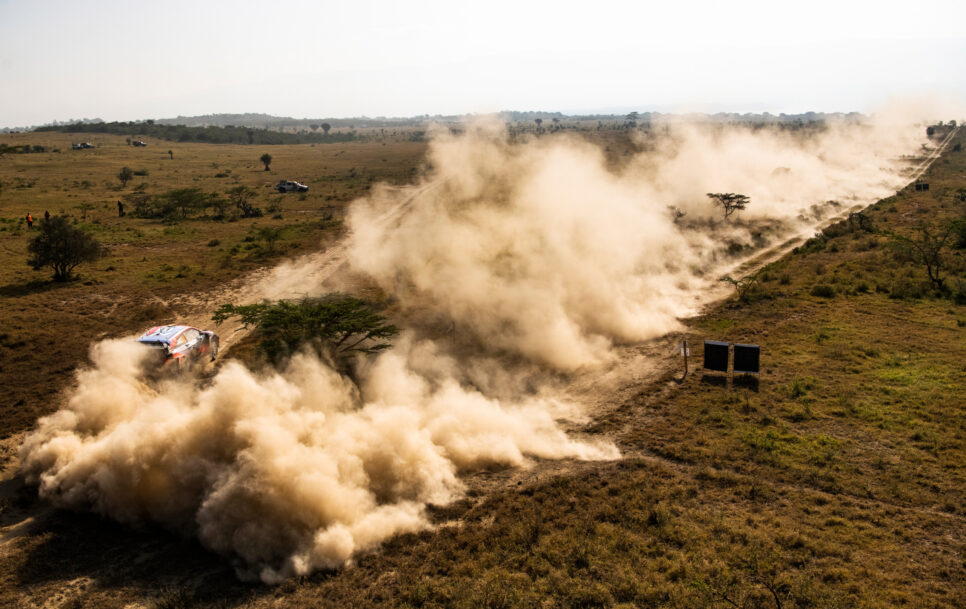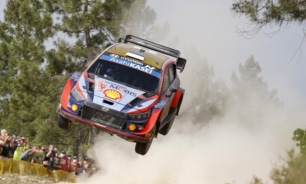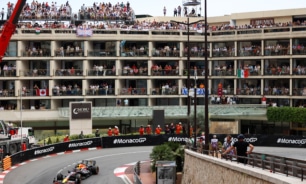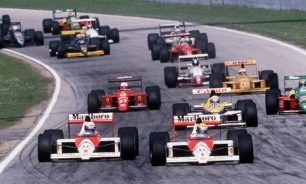Safari rally: The most suitable memorial service for a departed legend
Last week, on March 18 to be exact, Kenjiro Shinozuka, the most successful Japanese rally driver of all time, passed away at the age of 75. Since the only victories of the legend came from Africa, we will use the opportunity to talk about him before the Safari race.
Shinozuka, who was born in 1948, gave his finger to the engines early on, but he did not make his rally debut until 1967. Four years later, he managed to get his foot in the door at Mitsubishi, but not as a driver, but first as a salesman and then as a mechanic.
However, gradually working on it, he managed to finally get behind the steering wheel from within the organization. Quick success followed in his home country. Internationally, Shinozuka was put to the test for the first time in 1974 in Australia, where he fell by the wayside. The same thing happened a year later.
Made for Safari
In 1976 – with only domestic experience and two retirements under his belt – the Japanese decided to sign up for the race in Safari. The result exceeded everyone’s expectations: his Mitsubishi Lancer crossed the finish line in sixth place.
On the difficult African roads, Shinozuka also realized that suffering – regarding rally driving – would be his livelihood. So, he started participating in endurance rallies, where he achieved better and better results year after year: in 1988, for example, he was also crowned Asian rally champion.
In the same year, Shinozuka’s collaboration with the British co-driver John Meadows also began, who has recalled the Japanese as follows. “I’ve read the pace notes for different riders over the years, but what stood out about Kenjiro was his poise. It didn’t matter if things were going well or badly, he was always calm. And thoughtful,” Meadows said.
Another thing Meadows pointed out was Shinozuka’s driving style, which was extremely considerate regarding the car. “His ability to keep the car intact was more impressive than his raw speed,” he explained, elaborating on the idea of specifically targeting the World Series’ toughest challenge(s): the Safari Rally(s).
An insane amount of preparation
Thus, Shinozuka and Meadows spent several summers in a row in Africa to get to know the roads and conditions there. “Kenjiro was extremely hardworking, for example, it took him a whole week to create the pace notes. We woke up at five in the morning and worked until dark. But I was okay with it all because I have the same way of thinking,” the Brit recalled.
At this point, it is worth explaining to a younger rally fan that, while the Safari Rally is now a 330 km long ordeal, it used to be ten times longer! And in addition to the daytime, there was also nighttime racing: that was Shinozuka’s job!
“He knew he wasn’t as fast as the competitors during the day, but the night tests, the ones between one and five o’clock, were where got even. Because while we were driving, the others were just trying to survive,” Meadows explains the tandem’s tactics.
Sweet victory
This tactic worked because in 1991 Shinozuka and Meadows were able to pop open the champagne of victory in Africa. It’s true, not in Kenya, but in the Ivory Coast, because at that time there were as many as two stages in Africa.
“This victory was a very big thing for him. Ivory Coast was a very difficult rally to win, and he worked frantically for it. It was a very nice moment,” the co-driver recalled.
A year later, the duo defended their victory in the Ivory Coast, and Shinozuka was already 44 at the time. It is worth emphasizing that Björn Waldegard (in Safari in 1990 at the age of 46) and Sebastien Loeb (in Monte Carlo in 2022 at the age of 47) also, have won World Cup rallies at an advanced age.
Shinozuka also came close to winning in Kenya: in 1994, he finished second in Safari, ahead of only local legend Ian Duncan.
Dakar: victory and encounter with death
In addition to World Cup rallies, Shinozuka also participated in Dakar desert rallies for two decades. He was successful there as well, but for a long time, it seemed that this cherry would not top the cake. Fortunately, it went the other way, and in 1997 he was the first non-European to win the Dakar.
In addition, he had two second and four third places and 21 test victories in the legendary desert rally over the years.
However, Shinozuka must consider the 2003 one as his luckiest Dakar, when he had a serious accident on the dunes, repeatedly going over the roof. His partner Thierry Delli-Zotti broke both legs in the accident but escaped without life-threatening injuries. However, Shinozuka’s situation was much more severe, and after being taken to the hospital and undergoing emergency surgery, he was placed in an artificial coma, from which he woke up several days later.
A year later, however, Shinozuka was again at Dakar, and he made his last competitive start at the desert rally in 2007, being 59 years old at that time. He undertook his last, symbolic “rally” five years ago when he sat in the safety car at the Africa Eco Race, which took place on the Dakar roads as they used to be in his time.
This year’s Safari: what to expect?
Regarding this year’s Safari, what can we expect from the race in Africa? Although the Kenyan stage is not what it once was – mainly suffering for a long time – as previous years have shown, it continues to be a good survival rally. The one who lasts wins, not the one who is the fastest.
Thus, for example, Takamoto Katsuta Safari, who currently holds the Japanese rally flag high, has two podium places to show for it: in 2021 he was second, and in 2022 he was third.
Based on recent history, Safari roads seem to favor Toyota above all. Both last year and the year before that, the Japanese car manufacturer achieved four victories there!
Of course, this is not something that would make Estonian rally fans particularly happy, because our hero Ott Tänak is racing in a Hyundai. However, maybe the i20 will hold up better this year? Of course, we hope so, because this could also be the way for Tänak to break onto the podium for the first time this year.
Tänak: I must have a decent result to show for
In Monte Carlo and Sweden, this would require more raw speed, which Tänak is still not able to squeeze out of the Hyundai that much. In Safari, 90% could theoretically be enough, if the machine holds up. Anyway, our man is ready to give everything to get a result by the end of this year.
“The Safari Rally in Kenya represents a special challenge. To perform well, you need endurance because the weather can be unpredictable and the road conditions very difficult. A lot also depends on the condition of the car,” said Tänak, who was preparing for the race in the mountains, in Spain.
“This testing was important for us: in the previous two rallies we struggled with engine problems, so it was important to adapt to the conditions in Kenya when driving above sea level. Personally, I haven’t really picked up the pace and haven’t had good results this season. However, I hope to do it in the upcoming rally – I must start showing results,” said Tänak.









